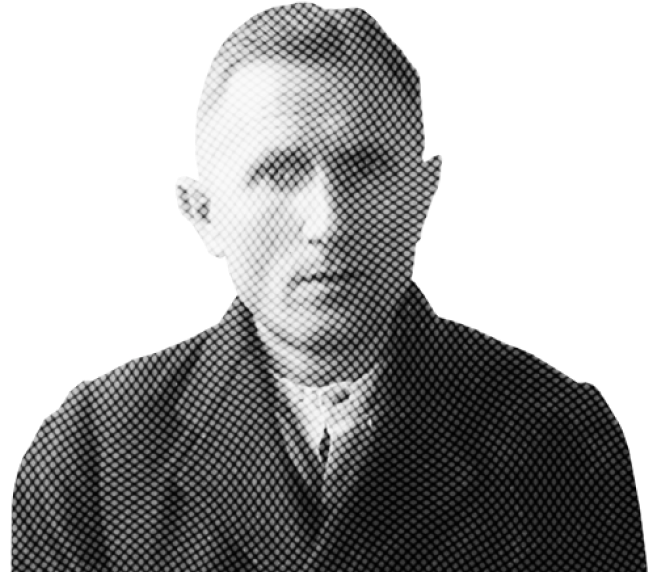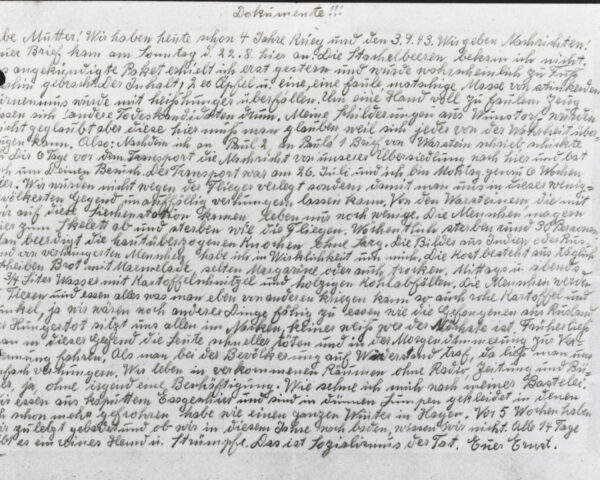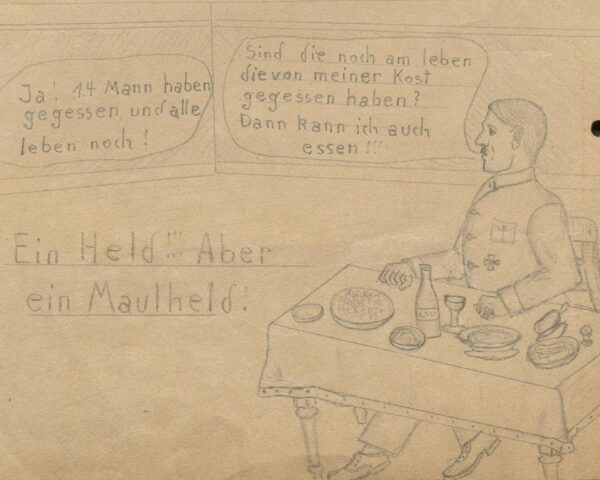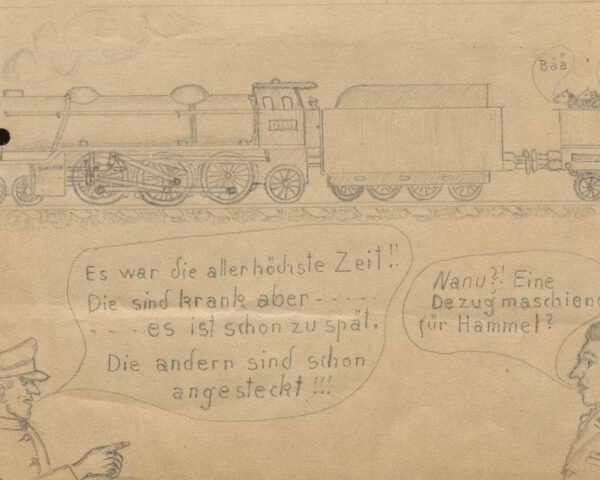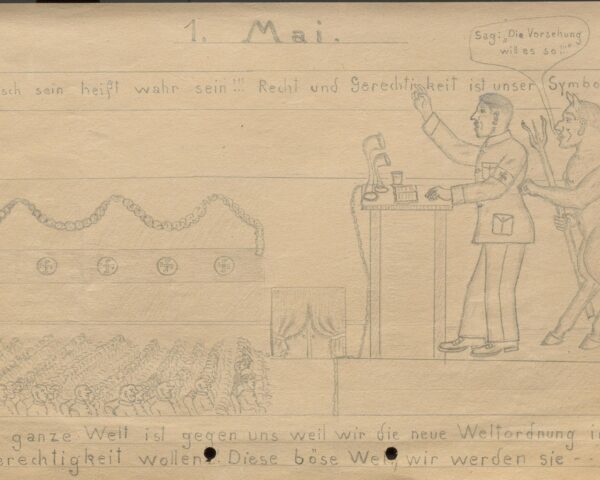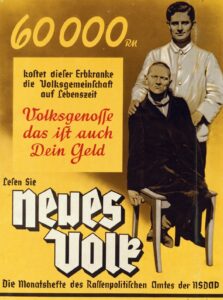“I am neither a psychopath nor otherwise prone to illness! My only disease is: I love truth, justice and freedom.” Ernst Putzki
Ernst Putzki, born 15.03.1902 (March 15, 1902) in Mettmann
Ernst Putzki came from a large family, whose difficult financial situation forced him to work in a factory immediately after graduating from the board school in Hagen. In 1919, he spent a few months in the army because, as he put it, he “wanted to experience an adventure.” However, after the unexpected death of his father in the same year, he left the army and began a nomadic lifestyle. He did not stay anywhere for long and earned his living as a hired laborer in Berlin as well as in various towns in Pomerania and Rügen. During the economic crisis in the 1920s, he lost his job and health problems, including numerous back problems, often prevented him from moving around on his own. Slowly, Putzki’s beliefs and lifestyle became an object of interest to the authorities. From 1933, after Hitler took power, vagrants, beggars, permanently unemployed persons, and later also people with disabilities, became victims of Nazi propaganda. They were described as “asocial” and a “burden on the healthy national tissue.”
Putzki spent several years in various hospitals, health centers and nursing homes, where he underwent many different therapies. The difficult experiences did not break him – he actively protested against the system and demanded that his rights be respected. He openly criticized the system, which led to his repeated imprisonment under the guise of mental illness.
In November 1944, Putzki was transferred to the Hadamar Psychiatric Hospital. Since 1941, people who had been classified as mentally ill were murdered there in course of the so-called Aktion T4. Later, until May 1945, it was a site of gradual destruction and killing of patients. Ernst Putzki officially died of pneumonia on January 9, 1945. He became one of 300,000 victims of the German Nazi state policy of killing people classified as physically or mentally disabled.
Hadamar
Hadamar – Hadamar Euthanasia Center. Before World War II, the Hessian town of Hadamar was home to a psychiatric hospital, which was converted into one of the centers of Aktion T4 during the war. Mass murders of people with disabilities or persons who were diagnosed as sick were carried out there. Between January 1941 and March 1945, almost 15,000 people were murdered in this place. Their bodies were buried in mass graves in a cemetery specially established for this purpose.
Classification
At this stage, society is divided into opposing groups: into “us” and “them,” e.g. Poles and Jews.
This process can be counteracted by emphasizing and nurturing what both groups have in common. It is worth focusing on common values, traditions, or experiences, as well as looking for areas of the agreement through the creation of support groups and initiatives to fight hatred.
How is this person’s story related to the stage of genocide in G. Stanton’s theory?
The Nazis wanted to create a homogeneous society made up of “Aryans,” who would look and behave in a certain way and function within a certain framework. In the Nazi vision of German society, there was no room for people who did not fit into this picture because of their ethnicity, religion, sexual orientation, disability, disease, lifestyle, or worldview. Because of his choices, nomadic lifestyle and the fact that he valued freedom and independence above all, Ernst Putzki belonged to a group of people who were classified as enemies of the state. Putzki became a scapegoat, a prisoner, and finally, a victim of the system. He was stigmatized and systematically isolated from the rest of society. Any attempt to defend himself was doomed to failure, because once a person was classified as “asocial” and thus as a burden on German society, they rarely had a chance to escape persecution or death.
People with disabilities the worlds largest minority
Magda Szarota, researcher in disability studies, human rights activist, Board Member of Humanity in Action Poland Foundation
Aktion T4
Aktion T4 – a program carried out in the Third Reich between 1939 and 1944 to murder sick, mentally disturbed, and disabled people. Due to the unofficial nature of the action, the number of victims is difficult to estimate. It is assumed that between 1939 and 1945 about 200,000 people were murdered. It was the first mass murder carried out by Nazi Germany, during which a system of killing was developed that was later used in extermination camps. The abbreviation T4 was taken from the address of the operation’s headquarters, which was located in Berlin on Tiergartenstraße 4.

